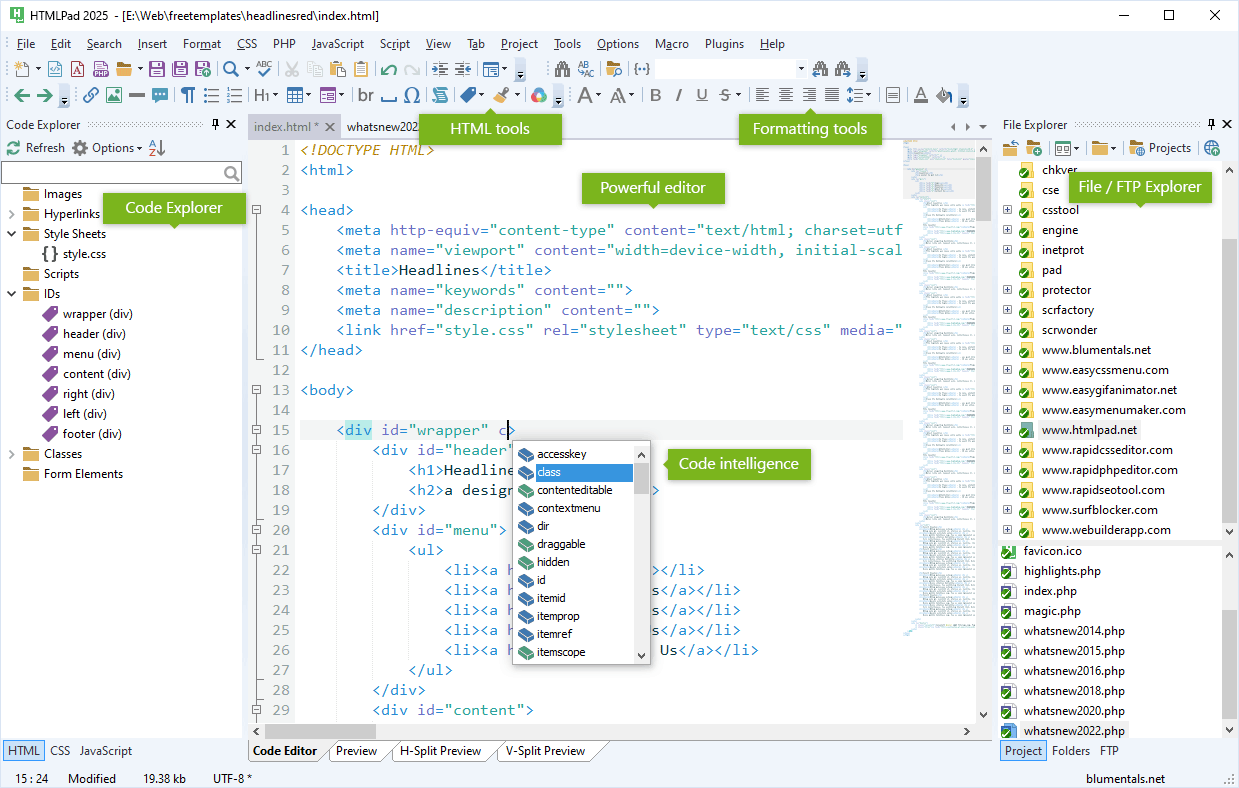

How can I validate an email address using a regular expression? (For example, you can use this class to set the background color of an element to a different color if its value is invalid.$result.text(email + ' is not valid :(') Defines how elements are rendered when there's an error. Defines the output of the Html.ValidationMessage method when there is no error. Defines the output of the Html.ValidationMessage method when it's displaying an error. You can control how validation errors are displayed by defining CSS classes that have the following reserved names: However, the test will be performed in server code. In this example, the test for a valid date won't work in client code. The following checks work on both the client and server: In particular, data-type validation (integer, date, and so on) don't run on the client. This example page asks the user to enter information about some classes at name: date: all validation checks run on the client. Validation Example with Client Validation When the page is submitted, check whether validation has passed by checking Validation.IsValid: if(IsPost & Validation.IsValid()) Validator.DateTime () Validator.Decimal() Validator.EqualsTo(otherField ) Validator.Float() Validator.Integer() Validator.Range(min, max ) Validator.RegEx(pattern ) Validator.Required() Validator.StringLength(length) Validator.Url() For ValidationType, you can use these options: For other types of validation, use Validation.Add(field, ValidationType). To check for required fields, use Validation.RequireField(field, ) (for an individual field) or Validation.RequireFields(field1, field2. In the page code, add individual validation checks for each input element by using methods of the Validation helper. This helps to make sure that users don't bypass the controls on a page and submit a form.


However, it's a good practice to validate all input, even input that comes from a constrained element like a list. You typically validate values in elements in a form. The basic approach is to do the following:ĭetermine which input elements (fields) you want to validate. In ASP.NET Web Pages 2, you can use the Validator helper to test user input. When you restrict the values that users can enter in forms, you reduce the chance that someone can enter a value that can compromise the security of your site. Important Validating user input is also important for security. Even if users correctly enter an integer, for example, you might need to make sure that the value falls within a certain range. You might also have certain restrictions on the values. Therefore, you also have to make sure that the values that users enter can be correctly converted to the appropriate data types. In many cases, the values you need are some other data types, like integers or dates. When users enter values into an HTML form, the values that they enter are strings. For example, you don't want to process a form that's missing critical information. If you ask users to enter information in a page - for example, into a form - it's important to make sure that the values that they enter are valid. Validating Data That Doesn't Come Directly from Users.This article contains the following sections: This tutorial also works with ASP.NET Web Pages 2. The Html.ValidationSummary and Html.ValidationMessage methods.These are the ASP.NET programming concepts introduced in the article:
#Javascript and htmlvalidator how to#
How to validate data that doesn't come directly from users.How to display validation errors (and how to format them).How to determine whether all validation tests have passed.How to check that a user's input matches validation criteria that you define.This article discusses how to validate information you get from users - that is, to make sure that users enter valid information in HTML forms in an ASP.NET Web Pages (Razor) site.


 0 kommentar(er)
0 kommentar(er)
